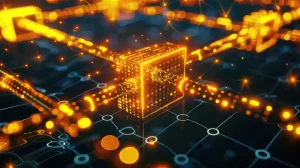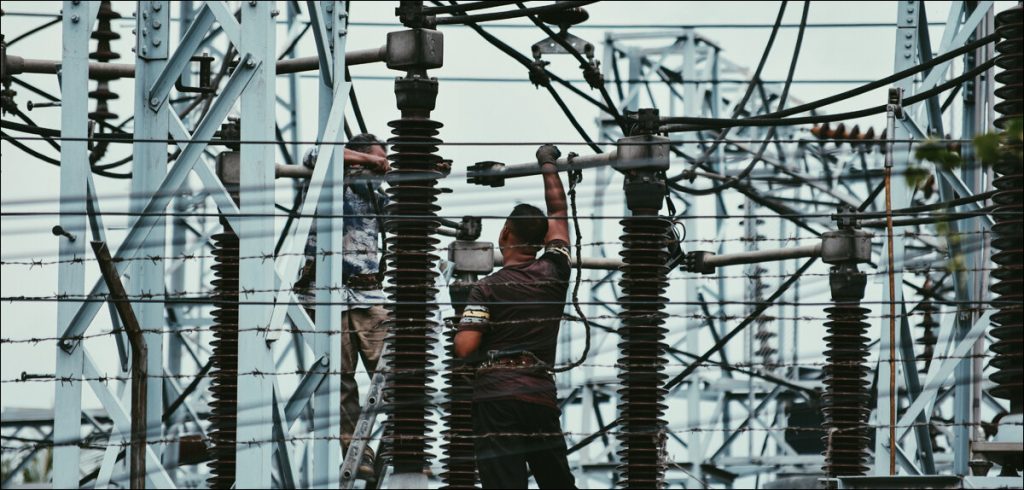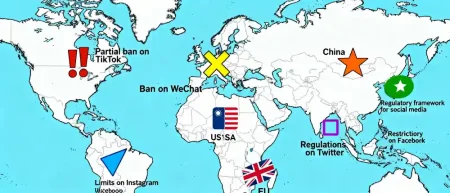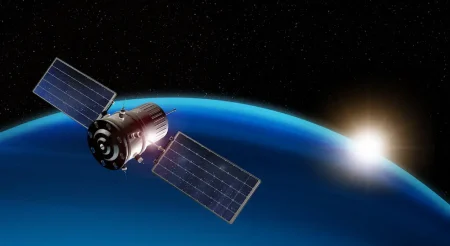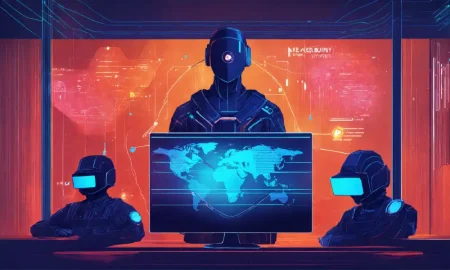Electricity theft is a severe problem which affects 1.5 per cent of India’s GDP. Sairaj Iyer writes on the digital solution and the need for Indian discoms to leverage from it.
Electricity theft reportedly leaves a $96 billion hole in the financial sheets of power producers and distributors across the world. Countries such as India, Pakistan, Turkey, and Brazil observe the world’s largest thefts involving electricity.
India alone loses $16 billion or Rs 1.32 lakh crores in power-thefts every year. Countries such as Pakistan, Brazil, and Russia rank among the top five when it comes to power-loss owing from theft. Surprisingly, even developed economies such as the United States of America and the United Kingdom report cases of electricity-theft. To the uninitiated, about 1 per cent or $6 billion worth of power gets stolen every year in the USA.
In India, electricity distribution reforms have touched scores of lives. Programs such as rural electrification have enabled 96.7 per cent of users to receive power-supply. States such as Andhra Pradesh, Himachal Pradesh, Punjab, Kerala, Assam, Maharashtra, Telangana, and Delhi have already reported 100 per cent electrification via a grid.
However, power-loss statistics too have seen a consistent increase. The World Bank estimates that electricity theft affected 1.5 per cent of India’s GDP as of 2018. Slangs such as Aakda in Maharashtra & Gujarat, Katiya in North India, hook in South India, or double meter are often used words used by power stealers. Given the rise in power-prices and the arrival of the summer season of peak-loads, Indian discoms have a lot to achieve.
Power-loss not only dents the financial revenue of discoms (distribution companies), but it also increases the load on the grid during peak demand. Such strain on the grid leads to faster wear and tear of the grid infrastructure resulting in an increase in maintenance costs. To consumers, an imbalance in supply demand leads to erratic cuts in power supply, affects electronic appliances and leads to an increase in power tariffs. Digital solutions could help plug this large hole.
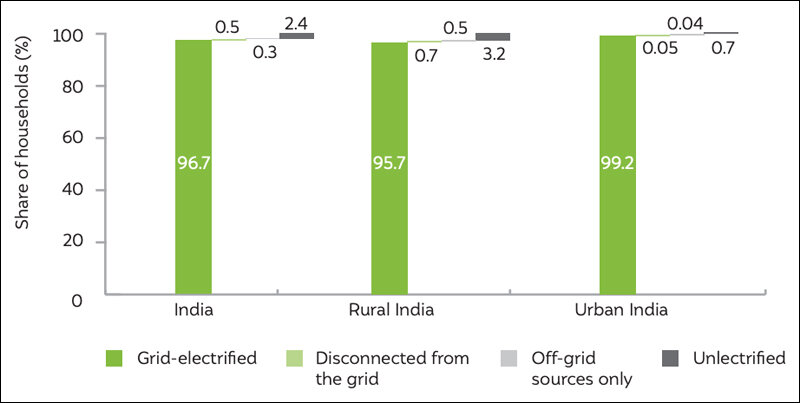
(Image Credit: CEEW)
Smart Meters
While technology has democratized access to information across several categories, an abject lack of information has resulted in confusion for the Indian power-consumer. For example, it is common for Indian consumers to deliberate on the power tariff while purchasing an air-conditioner or a refrigerator but there is no clear word on how much the bill for a specific month from a 2-ton AC could be.
Consumers in this digital age expect clarity on a range of transactions – they speak at length to deliberate on EMIs with the bank; they discuss the making charges while buying gold; they read scores of reviews online before making a purchase decision on an ecommerce website; and they even analyze property trends while renting.
Such examples show how nuanced the average customer has become. But a traditional electricity-meter only displays meter-reading and status. Calculating or forecasting power-bill for the month is a tall proposition even for people with sound math skills.
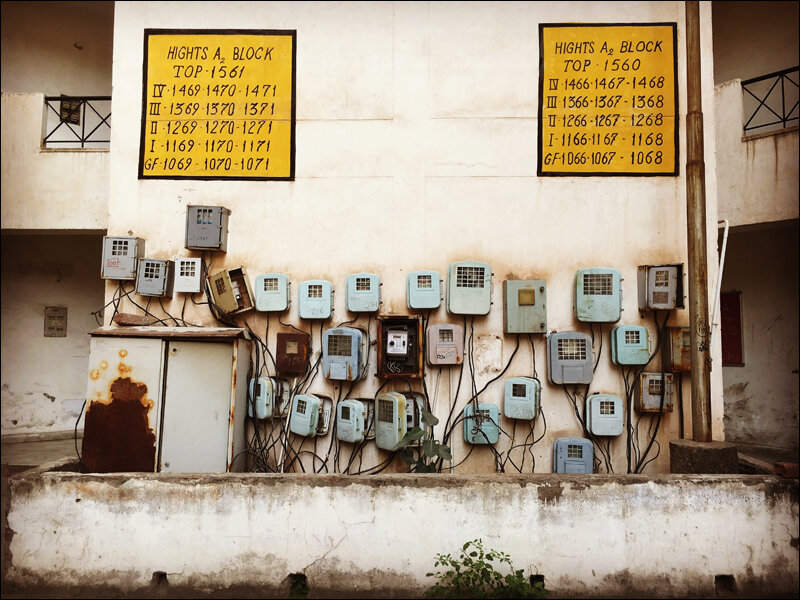
A traditional electricity-meter displays the reading and status – green or red (working) and no lights (power is cut off). In the quest to save power-bills, ingenious minds have devised methods like magnets to reduce the speed of the meter. In the last few years, some discoms embraced digital collaborations to enable digital payments, but few offer the ability to calculate the impact of adding an additional appliance such as refrigerator or air-conditioner.
There may be inhibitions related to the tall-cost of adding such infrastructure, however nothing prevents discoms from having their own consumer-centric apps. Such apps could display real-time or near-time power-consumption. It could also display the electrical appliances connected to a unit (say, a house) and the average load in a simple easy to understand language.
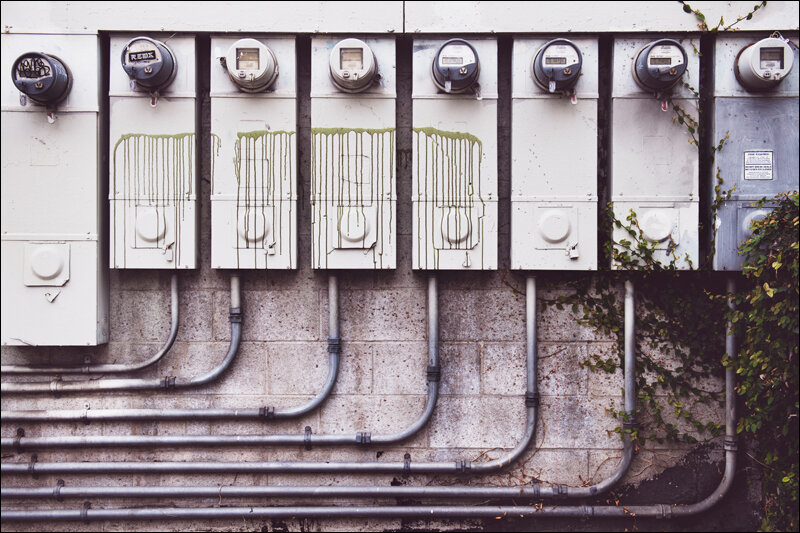
Digital meters implemented by the Australian Gas Company (AGL), for example, refresh once every thirty minutes offering customers the ability to track power-consumption. Such smart meters enable consumers to voluntarily set alarms should usage exceed a specific threshold limit.
In India where power is getting costlier to produce, discoms can appropriately price the cost of electricity and even reward consumers who use less than a specific threshold. For instance, the cost of power during peak hours can be higher than non-peak hours.
There is a business-benefit to the SME and micro-SMEs too. Large industries have intricate mechanisms to track their power consumption, however such a smart-meter and the enablement via an app could help SMEs and micro-SMEs in planning their operations.
IoT & AI at the grid
For discoms loss from electricity theft is written-off from books. Despite the hazards, fine and punishment of up to three years, electricity theft has been rampant. In fact, Katiyaabaaz, a 2014 movie speaks of hardships faced by people and industries of Kanpur.
Despite significant advancements in technology, electricity theft is as rampant as 23 per cent on an average and in some cases hovers 50 per cent according to this report. Smart meters can eliminate instances where the meter has been physically tampered with; but, for a more resilient system, discoms must push that AI button.
IoTification (fancy word, no!) of electricity-meters or advanced meter infrastructure (AMI) utilizes a blend of technologies such as sensors or RFID tags to provide rich insights to the discom and the end-user. Data and insights from AMI help discoms go beyond real-time monitoring and into areas such as load diagnosis, issue resolution, tariff, and bill management etc. IoTification and AMI solutions help improve the reliability of the grid and even intimate users towards corrective action in the event of a warning signal. For example, an AI system could prevent a short-circuit and thereby avoid an accidental fire. Many hospitals have such advanced tools to prevent fire, but such solutions are beyond the reach of an average household. According to NCRB data, 35 people died on an average every day between 2016-20.
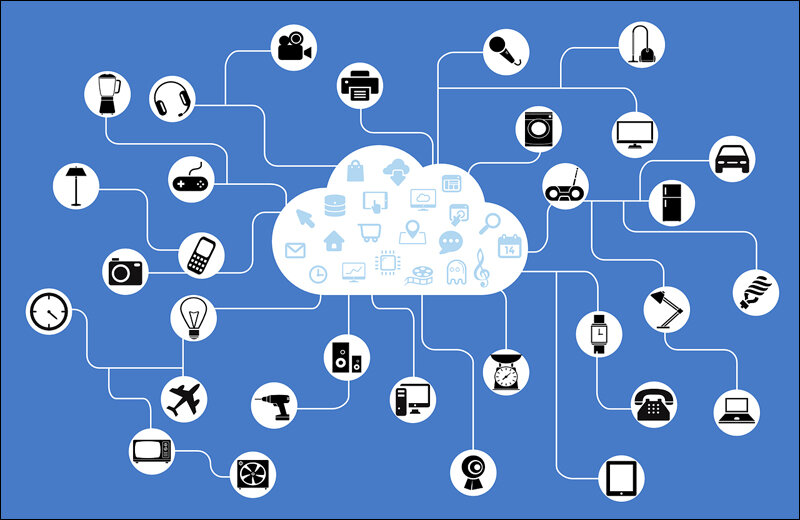
On the consumer side, an AI engine could detect specific units (households, for instance) where power consumption is at a low despite the use of energy-guzzling appliances such as an air-conditioner or a geyser. AI could also detect faulty meters responsible for a tall bill. Those experiencing a tall bill will empathize with the effort that goes into coaxing a discom to have a faulty meter replaced. Besides setting operational efficiencies, a smart AI platform at the back end could improve grid management which in turn could result in a positive revision in power bills. While technologies such as Cloud and GIS are easily implementable for power discoms, the benefits of IoT and AI may need considerable time in generating insightful data.
IoTification for a Greener Tomorrow
As part of the Paris agreement, India has pledged to achieve 50 per cent of power installed capacity from non-fossil fuel resources and a carbon sink of 2.5 to 3 GT carbon dioxide through additional forest and tree cover by 2030. To focus on renewables, Indian discoms have been promoting the application of solar energy, however our grids are not designed to enable multiple power-sources.
In fact, this is a major question for those who are exploring a solar system. A major question for a prospective solar-system buyer is if they can rely on solar infrastructure during the day and traditional grid-energy during the night. There is also an industry thought that unutilized power generated from the solar system could be sold to the grid. However, the answer is not simple and there is no infrastructure that counts the units of power that could be sold from your solar system to the discom.
By IoTifying existing infrastructure, discoms can count the power being generated at a user’s end through renewable sources such as solar or wind. IoTifying the grid also helps optimize feeders, substations, and distribution networks with real-time tracking of electrical parameters. To understand this, let us calculate the voltage and current served to your home.
While most appliances read 240 volts as the input voltage, the delivery of voltage delivered by a power line is usually lower than this. Besides low voltage, issues such as phase imbalance, low current, sudden power surge, and even harmonic distortions can be predicted and solved by IoTifying the meter. Discoms that deliver the exact precise voltage will help consumers protect appliances from under or over current situations.
To many discoms implementing a large digitalization project with IoT sensors, apps, and other devices could be perceived as a financial commitment. One of the fundamental challenges is the traditional architecture of grids built using archaic and legacy infrastructure.
Secondly, the risks of data governance are already significant considering most of the data is siloed. Extrapolating insights from such data for a new-age platform could be a major cybersecurity scare, even impacting grid operations. Besides, inter-operability with existing networks and devices is also a concern given many power-centric solutions are not as easy as plugging in a USB keyboard to a computer.
While industrial tools are available today, these are imported and often cost-prohibitive. Participation from startups, think-tanks and private players can help discoms navigate through the haze in building a digital grid. To many discoms, however, using Cloud, apps and smart meters is a good entry point.
In case you missed:
- None Found
